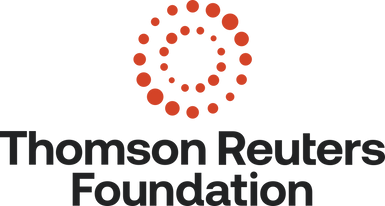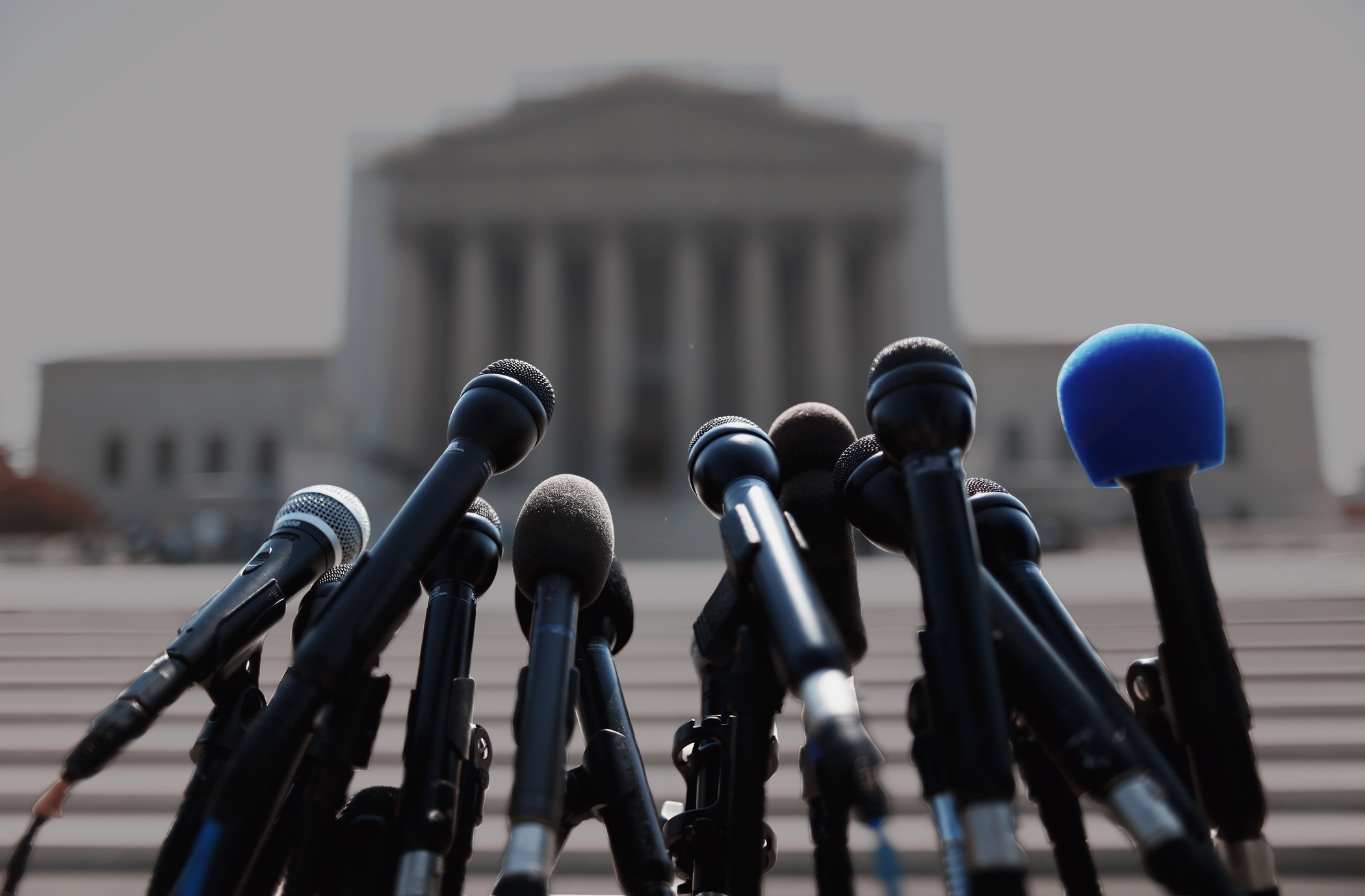
Legal threats to journalists are surging
As threats to independent journalism continue to accelerate, the law is being weaponised around the world to compromise journalists’ safety and silence public interest reporting. The physical, emotional and financial consequences are enormous for journalists, who face the risk of going to jail, being bankrupted or repeatedly being dragged into court. Left unchecked, the future of the profession, democracies and free societies are at stake.
Raising awareness of these growing legal threats is critical if they are to be countered. That’s why the Thomson Reuters Foundation and the Tow Center for Digital Journalism at Columbia University teamed up to produce a report, published in April 2023, that identifies and examines eight key legal threats to the profession.
Drawing on global research carried out by the Tow Center for Digital Journalism in 2022, alongside the contributions from 37 media freedom experts and the first-hand experience of nearly 500 alumni – representing 106 countries – from the Thomson Reuters Foundation’s journalism training programmes, this report is the first of its kind to bring together insights into these prevalent trends from reporters on the ground and leading experts. It provides the first step towards a global overview of the weaponisation of the law against journalists and a springboard into future research.
Below you will find a summary of each legal threat, along with video testimonials from journalists – including Can Dündar, Lina Attalah and Christopher Acosta – who have been on the receiving end of legal harassment. A set of 10 recommendations – shaped by the experts and journalists surveyed for this report – details strategies and actions on how to support and protect journalists from this abuse.
For in-depth analysis, case studies and further details on the methodology, download the full report.
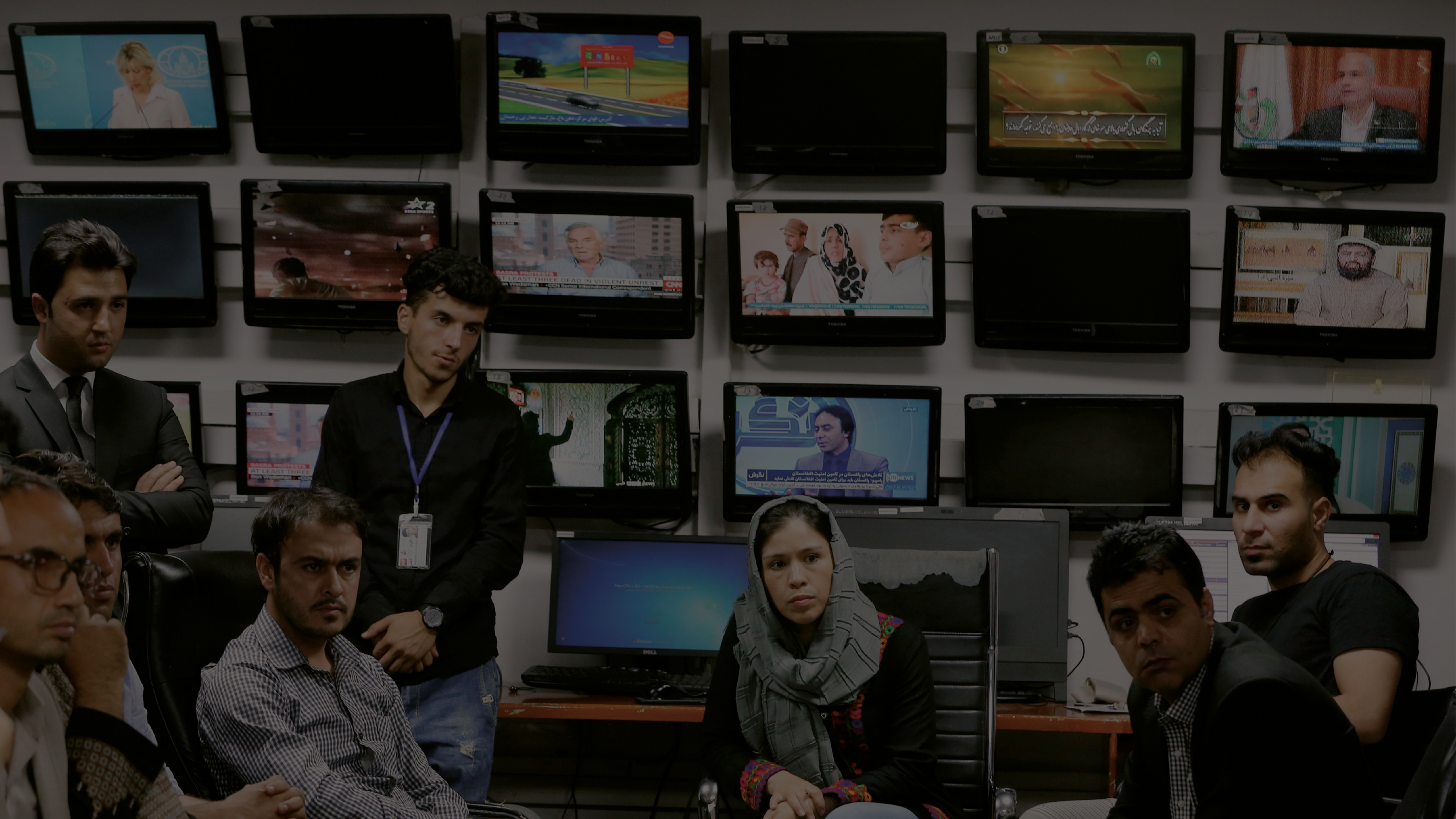
Journalists who hold power to account
are increasingly making enemies of the powerful.
Antonio Zappulla
CEO, Thomson Reuters Foundation
Reuters / Omar Sobhani
The number of journalists behind bars has reached
a global high

Our research highlights the following eight key legal threats to journalists across the globe:

47.6%
Percentage of survey respondents who reported that they or their media organisation have experienced legal threats as a result of their journalism
Based on survey responses from 493 journalists in the Thomson Reuters Foundation alumni network
A global snapshot of the legislative environment for journalists
The annual Reporters Without Borders (RSF) World Press Freedom Index assesses the state of journalism in 180 countries and territories. The Index includes an evaluation of the legislative and regulatory environment for journalists, such as the level of censorship, the level of impunity for violence against journalists and the ability to protect sources.
Hover over the map to explore the regional scores related to legal frameworks. 100 represents the highest possible level of press freedom and 0 the worst.
Defamation and insult
Around the world, defamation and insult laws are being misused to censor journalists, preventing open public debate and shielding powerful individuals from legitimate criticism.
The use of defamation and insult to silence journalists is not new. However, in the last five years an increasing number of states have enacted or amended laws to expand and increase penalties.
International and regional human rights bodies have recognised that the mere existence of criminal defamation legislation can have a profound chilling effect on press freedom. Under these laws, journalists face the “constant threat of being arrested, held in pretrial detention, subjected to expensive trials, fines and imprisonment, as well as the social stigma associated with having a criminal record.”
Me and my former employer were sued by one of the biggest banks for defamation after we published articles about stock market manipulation by their brokerage division. I won after a trial which lasted between 2014 – 2018, where we changed courts three times and had four different judges.
I only fully recovered my judicial expenses in late 2020.
Editor, Romania
Thomson Reuters Foundation journalism training alumnus

Strategic Lawsuits Against Public Participation (SLAPPs)
Short for Strategic Lawsuits Against Public Participation, SLAPPs are by definition unfounded and lack merit. Their primary objective is to silence critical voices through harassment, intimidation and expensive legal proceedings.
SLAPPs have long been used to silence journalists, but cases have increased substantially since 2015. They are generally civil actions on behalf of private individuals or entities, sometimes acting with government support.
SLAPPs exploit numerous legal avenues such as allegations of defamation, privacy or data protection laws, to intimidate and exert undue pressure on the media, regardless of the outcome. They typically take advantage of a power disparity between the plaintiff and the defendant. For example, corporations and wealthy individuals often spend vast sums to turn the judicial system against journalists, burying them in legal filings that are costly and time consuming to address.
While the use of SLAPPs is growing in Europe, they are a global phenomenon. Even though most cases are eventually dismissed, these lawsuits have a significant impact on the silencing of free speech.
Snezana Green
Senior Counsel, Legal and Policy Affairs for the Media Development Investment Fund

Espionage, treason and foreign influence
Increasingly, governments are relying on “catch-all” national security laws to criminalise journalists.
“Espionage,” “treason,” “revealing state secrets,” “collusion against the state,” and “collaboration with foreign entities,” are just some of the national security laws used to sanction freedom of expression and curtail media freedom. While laws protecting national security serve a legitimate purpose, the language is often both sweeping and vague. This opens the door for governments to silence and harass journalists reporting on sensitive topics such as organised crime, corruption, human rights issues and conflict.
When it comes to the use of espionage laws to silence the media, China and Russia are two of the world’s worst offenders. Take for instance the case of Evan Gershkovich, who was sentenced in July 2024 to 16 years in a Russian penal colony on charges of spying and espionage. The journalist was detained in Russia for nearly 500 days and freed in August 2024 as part of a major prisoner swap. Gershkovich is the first Western journalist to be arrested on espionage charges in Russia since 1986, signifying a significant escalation of the country’s actions against media freedom.
But this is not an isolated case - Nicaragua, Belarus and Bangladesh have all used treason laws to target journalists. The UK’s new National Security Act 2023 has also raised fears due to the lack of safeguards and defences for public interest journalists.
To learn more about the Foundation’s global work to build the resilience of independent media,

Cybercrime, including cyber libel
Cybercrimes have become a much-abused sweeping offence in authoritarian regimes and backsliding democracies, where the legislation has been used as a tool to target independent and critical journalism.
Many cybercrime laws are overly broad and vaguely worded provisions that criminalise online speech. Common offences include “cyber libel,” “cyberterrorism,” and “online hate speech”, with many recently adopted laws criminalising the publication of false news that undermines state interests.
This is likely to be a growing risk area for journalists, as the media industry has shifted to a largely online presence. The increasing regulation of the online space has also offered further opportunities to muffle public interest reporting and monopolise media content.
The majority of cybercrime laws also include non-speech offences that threaten freedom of expression and the press. For instance, journalists have been subjected to unlawful wiretapping, and the publication of private data and images have been used to accuse and prosecute reporters writing about matters of public interest. Cybercrime laws also tend to grant investigators sweeping powers, with limited or no judicial oversight or procedural safeguards.
The defining prosecution for cyber libel targeted the groundbreaking Philippine news outlet Rappler and its co-founder and CEO Maria Ressa, who in 2021 was awarded the Nobel Peace Prize, along with Russian journalist Dmitri Muratov. The Philippine government has opened more than two dozen individual cases against Ressa, Rappler and its employees since 2018, 18 of which relate to cyber libel or libel. Before the January 2023 acquittal of a tax evasion charge, Ressa was facing up to 100 years in jail if convicted of all charges brought against her.
Hear from Glenda M.Gloria – co-founder and Executive Editor at Rappler – about how the cyber libel convictions of her colleagues have stoked a climate of fear and threatened to undermine the critical work of the independent outlet:

Fake news
Using the pretext of restricting the spread of false information, numerous countries are leveraging “fake news” laws to censor critical reporting.
Fake news laws regularly target information about public health, the economy, public order, and national security. Some fake news laws overlap with cybercrime legislation described in the previous section, in that they establish prohibitions on the dissemination of information online, including “false news,” “rumours,” and “non-objective,” “inaccurate” or “malicious” content.
Yet governments around the world are increasingly using fake news laws to prosecute journalists, with the number of reporters imprisoned on charges of “fake news” or “false news” climbing dramatically since 2014. Many fake news laws were adopted in the context of the COVID-19 pandemic, leading to journalists facing charges for spreading disinformation, endangering public health, and not complying with emergency restrictions.

Counter-terrorism and anti-extremism
In the last few years, many countries have increased penalties and created new vaguely worded terrorism or extremism offences that are used to crack down on dissent. Particularly at risk are journalists covering mass pro-democracy or separatist movements involving ethnic minorities.
Counter-terrorism legislation is perhaps the most punitive and repressive of all national security laws. These laws often conflate legitimate terrorist threats with broader issues of national security and public order. Offences frequently used against journalists include “praising or glorifying terrorism,” “spreading terrorist ideas or terrorist propaganda,” or “supporting terrorist organisations”.
Recently, some states have revised and hardened counter-terrorism laws in response to pro-democracy movements and the rise of digital activism by expanding their reach to individuals expressing dissenting opinions online.
Russia, India, Myanmar, Ethiopia, Pakistan, Cameroon, Mozambique, Egypt, Algeria, Saudi Arabia and Turkey are all countries where anti-terror laws are currently in place and used to target critical journalists.
Hear from exiled journalist Can Dündar, who was added by Turkish authorities to the country’s list of wanted terrorists:
We were the subject of a financial investigation under the pretext of fighting terrorism and the subject of a lawsuit for statements we made during the trial of a drug dealer who is being defended by a high-ranking government official.
Journalist, Serbia
Thomson Reuters Foundation Training Alumnus

Financial crimes
National authorities are increasingly convicting journalists under fabricated financial crimes to discredit, intimidate and silence critical voices.
The legal harassment of independent media and reporters is not just confined to their journalistic work, with authorities also using financial crimes – such as tax evasion, fraud and money laundering - as a means to silence them. Even when unfounded, mounting a legal defence against such accusations can be extremely burdensome and costly.
A conviction for financial crimes can result in long-term imprisonment, heavy fines or the forced payment of alleged outstanding taxes. This has the potential to bankrupt media and independent journalists, and the risk of prosecution can lead to self-censorship. Charges can also be leveraged by authorities to discredit journalists and isolate them from friends and advocacy organisations.
Arresting, charging and convicting journalists of “tax evasion” has become one of Belarus’s preferred legal tools to crack down on the media in the aftermath of the 2020 pro-democracy protests. Countries including Russia, Vietnam, the Philippines, India, El Salvador, Nicaragua, Guatemala, Tanzania and Morocco have recently accused or convicted high-profile journalists and critics under spurious financial crimes.
The persecution of the free and critical press takes on new and creative nuances each time. It is no longer about crimes of freedom of expression, explicit censorship, but rather elaborate silencing schemes in which financial crimes and other types of cover-ups are used to censor and intimidate critics.
Ana Bejarano
Pro bono Practice Coordinator, University of Los Andes (Colombia) and founder of El Veinte

Lese majeste, desacato laws and seditious libel
These laws punish defaming, insulting or offending public officials and state institutions. They are more likely to be used by authoritarian regimes to stifle dissent and crack down on the media.
Lese majeste, desacato (contempt, in Spanish) and seditious libel punish criticism of the monarchy, the president, high-ranking officials, foreign leaders and other branches of power - such as the judiciary. They often use broad and vague terms and allow for higher penalties compared to defamation or insult that is directed at ordinary citizens.
While many states have repealed, declared unconstitutional or reformed sedition laws to comply with international human rights obligations, seditious libel is being used in Hong Kong, Malaysia, India and Thailand to silence the media and crack down on peaceful dissent. Meanwhile, Tunisian authorities have increased prosecutions against journalists for public criticism of President Kais Saied and other officials.
Desacato laws restrict freedom of expression because they bring with them the threat of jail or fines for those who criticize or report on public officials and fear of criminal sanctions necessarily discourages citizens from expressing their opinions on issues of public interest.
Edison Lanza
Former Special Rapporteur of the Inter-American Commission on Human Rights
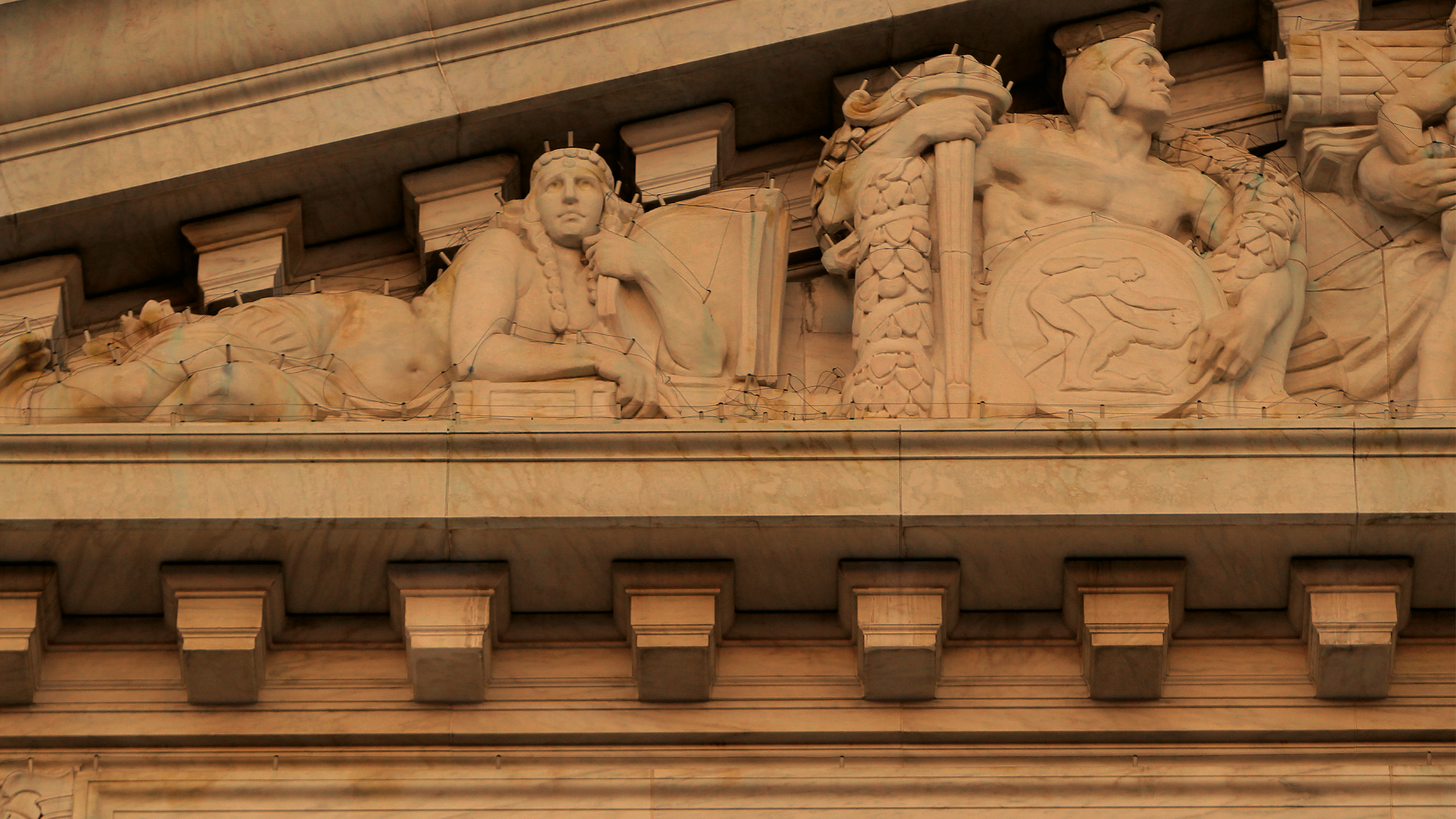
10 ways to combat legal threats to journalists
The following 10 recommendations were shaped by the legal experts and journalists in the Thomson Reuters Foundation’s alumni network who contributed to the research. To read the recommendations in full, download the report.
1. Expand research and increase visibility of legal threats
Further research is needed to develop a more forensic understanding of the scope of these legal threats, as well as to develop strategies that are country-specific and take gender and diversity considerations into account.
2. Fund legal support and advocacy
Funders should significantly increase support for media defence organisations that provide and facilitate legal research and support for journalists, train legal professionals and engage in strategic litigation - the practice of bringing lawsuits intended to effect societal change.
3. Expand legal protection and defence for journalists
Donors, intergovernmental organisations and governments should ensure that journalists have access to legal defence funds and legal representation. This should include the establishment of new legal aid providers and preventive legal support, such as pre-publication reviews.
4. Build robust legal capacity and expertise
Specialised media lawyers and other legal professionals should expand their capacity and expertise to combat legal threats to journalists and media outlets. This needs to include responding to non-traditional threats, such as financial crimes. Training is essential to develop and empower lawyers to do so.
5. Utilise the law to generate change
Strategic litigation is a powerful tool that can trigger reform to improve the legal environment in which the media operates. For example, in various Latin American countries, there has been a positive progressive modification of “desacato” laws and enhanced protection of sources.
6. Decriminalise defamation
The abuse of these laws against journalists should reinvigorate global efforts to decriminalise defamation. Governments, intergovernmental organisations, and the legal and human rights communities must refocus and re-engage with such initiatives.
7. Adopt Anti-SLAPPs safeguards
States should implement safeguards such as early dismissals, capping the cost of legal defence or imposing penalties on SLAPP filers. Organisations should support governments to adopt these legal reforms and donors should bolster the work of civil society organisations working to tackle the issue.
8. Confront the abusers
Democratic governments, intergovernmental organisations, and most notably the Media Freedom Coalition, should boldly confront governments that are abusing the law to curtail media freedom.
9. Support journalists in exile
Legal threats and prosecutions are forcing some journalists to choose exile over jail. The international community should support journalists forced to flee their countries because of legal harassment with emergency visas, resettlement support, and resources to continue legal action.
10. Collaborate and coordinate to maximise impact
Siloed action is not sufficient to reverse the weaponisation of the law. National and global collaboration among media defence organisations and legal service providers, between local and international lawyers, and between media law and non-media law specialists, is essential.

Legal Resources for Journalists
The Thomson Reuters Foundation applies its media and legal expertise to provide journalists and independent media around the world with critical support.
Resources for journalists and newsrooms in need of legal support
Legal Network for Journalists at Risk (LNJAR)
An initiative from the Thomson Reuters Foundation, the Committee to Protect Journalists and Media Defence that provides journalists and independent media outlets around the world with critical legal support.
Regional resources
Know Your Rights Guide on Defamation Laws
Provides journalists with a practical understanding of local defamation laws, the steps they can take to prevent defamation cases, and available defences if a claim is filed against them.
Available for journalists in: Kenya | Zambia | South Africa | India | Ethiopia | Peru | Brazil | Germany
Understanding the Laws on Journalistic Sources
Information for journalists on the recognition of news sources in law, the protection of sources, as well as search and seizure relating to journalists’ gadgets and information.
Available for journalists in: Kenya | Zambia | South Africa | Germany
Understanding the Laws Relating to "Fake News" in Russia
Practical guidance for both journalists and newsrooms seeking to understand Russia’s “fake news” laws and how they’ve been applied to both local and international press.
Available in English | Українська | Русский
Know Your Rights Guide for Journalists in India
A guide providing guidance for journalists and newsrooms seeking to understand their rights and protections in India.
Know Your Rights Guide for Journalists in the US
A legal guide for journalists in the United States as they face a range of challenges, from confrontations with law enforcement at demonstrations to raids on newspaper offices.
Available in English | Español
Know Your Rights Guide for Journalists Covering Protests in Canada
This guide covers legal rights journalists have, and risks they may face, when covering protests in Canada.
Available in English | Français
Download the full report with analysis and insights from dozens of legal experts and journalists.
Complete a short form to access the report:
About the report
Why did you produce this report?
The law is increasingly being weaponised around the world to compromise journalists’ safety and silence public interest reporting. Whilst individual cases have up until now been documented, there has been no global overview of these emerging threats, backed by qualitative and quantitative research.
By uniquely bringing together the perspectives of media freedom experts and journalists, this report marks the first step in building a more cohesive understanding of the nature and scale of these legal threats, which is essential if they are to be countered. In addition, this report steers the direction for future research on the issue.
How were the eight key legal threats identified?
First, the Tow Center for Digital Journalism at Columbia University undertook a systematic review of the existing and emerging legal threats to journalists and their impact on media freedom worldwide.
Based on this research – which included assessing national legislation, government regulations and judicial decisions, as well as reports by media and civil society groups – a list of 14 notable legal threats were identified. This list was then shared with 37 leading media freedom experts and 493 journalists from the Thomson Reuters Foundation’s journalism training alumni network, who were consulted and asked to rank the threats based on their potential to result in legal penalties that would silence journalists and stifle their ability to speak truth to power.
The research team analysed these rankings and identified eight legal threats – which form the backbone of this report – that resonated most strongly with both the experts and journalists. The additional six legal threats are listed in the report, along with a detailed explanation of the methodology.
How were the media freedom experts selected?
The 37 media freedom experts were selected by the research team at the Tow Center for Digital Journalism, with input from the Thomson Reuters Foundation. They represent a range of specialisations and were selected based on their credentials, experience and global and regional perspectives.
Several of the experts have a background working with international organisations, and others have specific regional expertise in Latin America, East, West and Southern Africa, the Middle East, Southeast Asia, East Asia, South Asia, Europe and the United States.
More than 60% of the experts have a legal background, among them are prominent media lawyers, advocates, former special rapporteurs on freedom of expression and scholars. Several are members of the High Level Panel of Legal Experts on Media Freedom, which is the independent advisory body to the Media Freedom Coalition. Other experts were selected because of their role as leaders of international and regional press freedom organisations.
How were the contributing journalists selected?
The journalists polled are members of the Thomson Reuters Foundation’s journalism training alumni network. They represent 106 countries in Latin America and the Caribbean, the Middle East and North Africa, Sub-Saharan Africa, Europe, North America and the Asia Pacific region. Surveys were translated into five languages to maximise their accessibility and reach.
Of the 493 respondents, 76% identified themselves as journalists or editors, with a smaller number of social media managers, researchers, translators and CEOs participating. Nearly two-thirds of respondents (65.5%) said they had more than a decade of experience in journalism.
How were the recommendations formulated?
The 10 recommendations on how to combat the growing legal threats to media freedom were shaped by six of the media freedom experts – named in the acknowledgements section of the report – as well as the journalists consulted as part of the research.
Who funded the research?
As part of its work to defend and promote media freedom, the Thomson Reuters Foundation funded the Tow Center for Digital Journalism at Columbia University to conduct this research and write the report. Learn more about the report’s authors.
Are there risks associated with spotlighting these legal threats? Will it encourage others to adopt these tactics, or push perpetrators to adapt and evolve their attacks?
The rule of law is a precious resource that protects free expression, press freedom and the rights of journalists around the world.
Facilitating a greater understanding of threats to media freedom – including the weaponisation of the law - can help to inform and bolster advocacy strategies, drive action, identify gaps in support and engage a wider audience.
We hope that this resource leads to sustained international attention on legal threats to journalists, drives government action to curb negative legislative trends and helps to expand access to legal support and facilitate cross-sector collaboration at a national and global level.
What are the next steps in terms of future research?
This report provides the first step towards a global overview of the weaponisation of the law against journalists and a springboard into future research. Future iterations could explore and examine variables such as regional disparities, characteristics – including the gender – of respondents, and the number of active court cases, as well as convictions, related to each threat, alongside the associated sentences.
To register your interest in future research, please contact us.
About the authors

Joel Simon
Director
Joel Simon is the founding director of Journalism Protection Initiative at the Craig Newmark Graduate School of Journalism at the City University of New York. During 2022, Simon was a fellow at the Tow Center for Digital Journalism at Columbia University, and also a Senior Research Fellow at the Knight First Amendment Institute also at Columbia. From 2006 to 2021 he served as the executive director of the Committee to Protect Journalists.

Carlos Lauría
Lead Researcher
Carlos Lauría, from Argentina, is a journalist and international press freedom expert. From 2017 to 2021 he headed the freedom of expression portfolio of the Open Society Foundation’s program on independent journalism. Previously, he served for 15 years as program director and senior coordinator for the Americas program at the Committee to Protect Journalists. He settled in New York City in 1994 as US bureau chief for Argentina’s largest magazine publisher, Editorial Perfil.

Ona Flores
Legal Researcher
Ona Flores is an international human rights lawyer with more than 15 years of experience working in the Inter-American human rights system and engaging with the UN human rights mechanisms. From 2018 to 2021 she was Civic Freedoms Research Advisor for the International Center for Not-for-Profit Law, where she worked as lead researcher for the UN Special Rapporteur on freedom of peaceful assembly and of association. Previously, she served as Senior Staff Attorney at the Office of the Special Rapporteur for Freedom of Expression of the Inter-American Commission on Human Rights.
About the Thomson Reuters Foundation
The Thomson Reuters Foundation is the corporate foundation of Thomson Reuters, a world-leading content and technology company. The Foundation leverages its unique combination of media and legal expertise, together with data intelligence, to bolster the resilience of independent media, strengthen access to the law, and promote responsible business practices.
The Foundation has 40 years’ experience supporting independent media and training journalists around the world. Since 1983, the organisation has worked with over 20,000 journalists in more than 170 countries across the globe. The first-hand experience of nearly 500 alumni – spanning 106 countries – from the Thomson Reuters Foundation’s journalism training programmes helped to shape this report.
About the Tow Center for Digital Journalism
Operating as an institute within Columbia University’s Graduate School of Journalism, the Tow Center for Digital Journalism provides journalists with the skills and knowledge to lead the future of digital journalism and serves as a research and development center for the profession as a whole.
